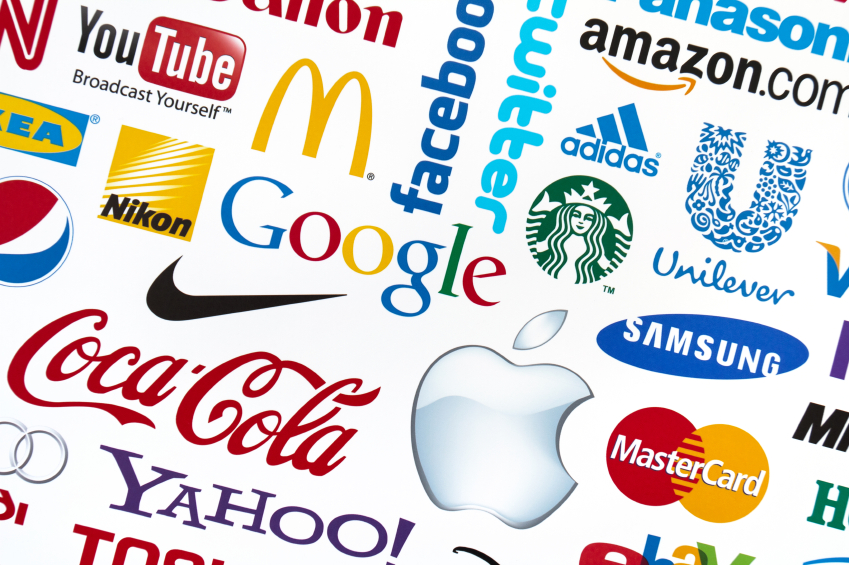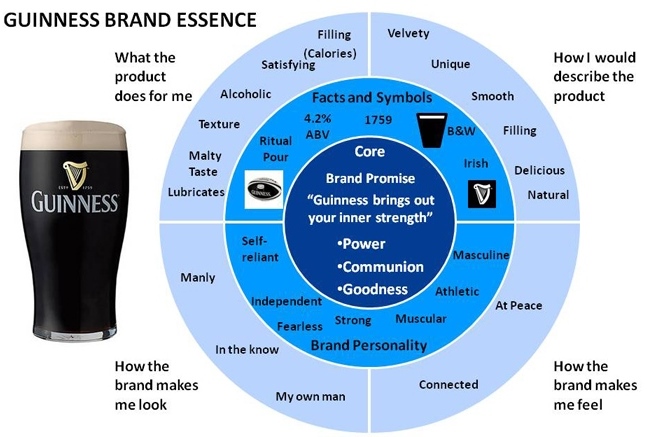Have you wondered why top brands like Coca-Cola, Google, Nike and Apple are so successful? How do they leapfrog their competition despite operating in hyper-competitive markets?
The answer lies in the power of their brand essence. This is defined by Brand Focus as follows:
“Brand essence is the single most compelling thing we can say about the brand that differentiates it from competitor brands as perceived by the consumer. The most powerful brand essences are rooted in a fundamental consumer need.”
These world class brands have a clear understanding of what their customers need, want or desire.
They are crystal clear in the way they express the essence of their brands through their communications, product attributes, service experience and other customer touch points.
In the case of Coca-Cola (pun unintended), their brand essence focuses on delivering refreshment and happiness. For Google, it would be organising the world’s information. Nike’s brand essence lies in authentic athletic performance (embodied by their famous tagline “Just Do It”), while Apple is all about simplicity, creativity and people-driven designs.
The 7 Dimensions of a Brand
To understand what constitutes a company or product’s brand essence, it is useful for us to understand how a brand is perceived by a consumer. Note that this comprises both rational and emotional attributes.
Let us begin first with the three rational attributes before diving into the emotional layers of a brand.
1) What the product/service does for me
At its very basic level, a brand is a logical summation of a product’s functional features.
If we are talking about say a car like a Toyota Corolla Altis, it should cover things like design and shape, the fact that it is a sedan car, speed, capacity, fuel mileage, comfort, materials used for upholstery, ease of driving, acceleration, and so on.
2) How I would describe the product
At the next rational level, a brand is defined by its aesthetic attributes and beneficial qualities. This would be defined by a consumer’s perception of what the product is like.
For a Toyota Corolla Altis, it could be attributes like safety, economy, reliability, high quality, good engineering, and so on.
3) Facts and symbols
A brand is also made up of various facts and symbols. This could be anything from the design of the logo, shape of the product, to its technical specifications.
Back to our Toyota car, the shape of the Corolla Altis, Toyota’s logo, as well as the engine capacity and horsepower comes into play here.
4) How the brand makes me look
For consumer product, this could be a very important consideration as it relates to how a brand helps an individual to be perceived by his or her peers. In other words, the brand here is a kind of like an external badge which shows how one belongs to a group or team. Back to our Toyota Corolla, the associations would probably be keywords like “pragmatic”, “family man”, and “conservative”.
5) How the brand makes me feel
While looking good may be important to one’s peers, feeling good is just as important. In fact, people often describe brands in emotional language, eg “I feel recharged and revitalised after using this shampoo” or “I feel like I am a superstar when I wear this dress”.
In the case of the Toyota Corolla, it could be phrases like being “in control”, “stable”, or “grounded in reality”.
6) Brand personality
If you think of your brand as a person, what characteristics would it have? A brand like Levi’s would be viewed as being “rugged”, “outdoors” and “rebellious”.
Back to our Toyota Corolla, it could embody personality traits like “stable”, “sensible”, “understated”, “safe”, and “assured”.
7) Brand promise/ brand essence
Finally, at the core of a brand, we have two core elements of a brand that summarises, distills and crystallises what the brand is all about: its brand promise and brand essence.
- Brand promise: This describes what the brand brings to the customer, and how it adds value to his or her life. In the case of a Toyota Corolla, it could be “quality, innovation, and safety” while a BMW would be “the ultimate driving machine”.
- Brand essence: This is closely related to the brand promise and describes what the consumer perceives about the brand. In an ideal case, it should closely match the former. For a Toyota Corolla, it could be “reliability”, “quality”, and “value” while the essence of BMW’s brand could be “driving performance and style”.
To better visualise the various dimensions of a brand, have a look at the graphic below which describe the Guinness brand of stouts:
Courtesy of iES Business Strategy
Distilling Your Brand Essence
Now that you have understood the different “ingredients” that go into formulating a brand, how can you go about distilling your brand essence and put it to use?
Here are some ideas to start you off with.
1) Conduct brand audit
Do a thorough evaluation of what your brand is communicating to your customers.
Use the 7 points highlighted above as a checklist to narrow down on what the brand provides, how it is perceived, what its symbols are, how it makes customers look and feel, as well as its personality. When doing so, try to be as objective as possible.
2) Seek internal feedback
Now that you have a good idea of how your brand is perceived by your customer, do an internal stock take.
Ask your colleagues – especially frontliners who deal with customers on a daily basis – what their perception of your brand is.
While doing so, do also see if you can dig through any historical records or transactions which your organisation may have.
3) Ask your customers
Ask your customers what they feel about your brand. This could be done through a mixture of brand research techniques, including the following:
- Surveys and questionnaires (both aided and unaided)
- Focus group sessions
- Ethnographic interviews
- A/B tests
- Behavioural studies
- Keyword research (using Google Adwords Planner or other tools)
By doing so, you are better able to ascertain how your targeted customers think and feel about your brand, and to observe first hand how they use your products or services in their daily lives.
4) Benchmark against competitors
When conducting an examination of your brand, do also consider where it stands vis-a-vis other players in the market.
Is your brand essence unique, coherent and differentiated enough to stand out? How does the articulation of your brand compare against others in the same product category?
If possible, develop a perceptual map to see how you are perceived relative to others in the market.
In today’s hyper competitive marketplace, it is critical for marketers to understand what their brands truly mean to consumers. This can only be achieved through a detailed analysis and intimate knowledge of what the true essence of a brand is.



One Comment